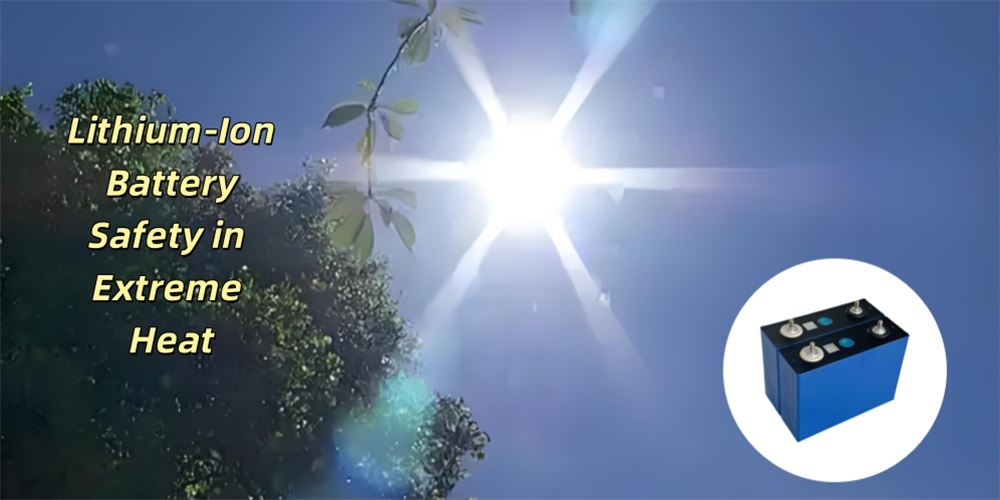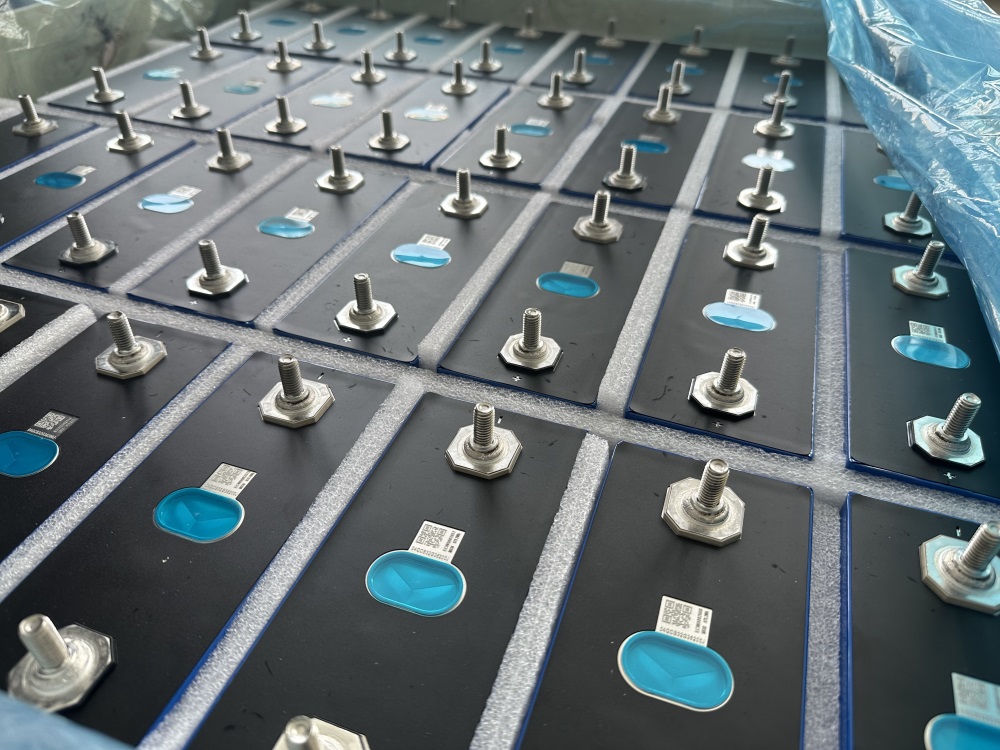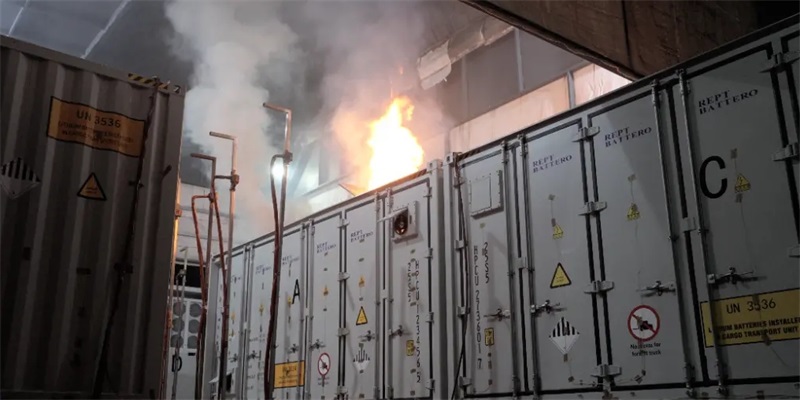Lithium-Ion Battery Safety in Extreme Heat: 2025 Heatwave Protection Guide
Since the beginning of summer 2025, global temperatures have been affected by subtropical high-pressure systems, creating a "heat dome" effect that traps and accumulates heat. According to relevant data, temperatures in many parts of Europe have exceeded 46°C (114.8°F)—even causing the Eiffel Tower to "bend from the heat." In Asia, regions like Jiangsu-Zhejiang-Shanghai (Yangtze River Delta) have seen 40°C (104°F) become the norm. Amid such extreme heat, a frequently overlooked safety hazard has emerged: the lithium-ion battery.

From smartphones and electric vehicles to power tools and office equipment, lithium-ion batteries are everywhere. While generally very safe, these batteries can become hazardous if mishandled in high-temperature environments. Many people don't realize that extreme heat is one of the primary triggers for battery failures.
In this article, we'll provide you with essential safety tips for lithium-ion batteries during extreme summer heat. First, we should understand what effects extreme heat can have on lithium-ion batteries.
The impact of high-temperature weather on lithium batteries
1. Accelerated Aging
· Chemical Reactions: High temperatures accelerate the chemical reactions within the battery, leading to faster degradation of the battery cells.
2. Reduced Performance
· Efficiency Loss: High temperatures can reduce the efficiency of the battery, causing it to discharge faster and deliver less power.
· Component Damage: Internal components can be damaged by heat, negatively affecting the overall performance of the battery.
3. Increased Internal Pressure
· Gas Formation: Heat can cause gas formation within the battery, increasing internal pressure and causing the battery to swell or burst.
4. Risk of Thermal Runaway
· Overheating: Exposure to high temperatures can cause the battery to overheat, leading to a chain reaction of further heating.
· Fire Hazard: Overheated batteries can lead to fires or even explosions, a phenomenon known as "thermal runaway."
· Heat-sensitive Applications: Batteries that are frequently used in the sun are particularly sensitive to overheating, including e-bikes and e-scooters. Also, sectors such as construction, landscaping, gardening, and agriculture where tools are needed outdoors during the day and charged unattended at night are at increased risk. It is crucial to use safe charging solutions in these scenarios.

Safety Tips for Lithium Batteries in Extremely High Temperature Weather
1. Store batteries in cool, dry environments
Do not store lithium-ion batteries in direct sunlight. Avoid leaving batteries in vehicles, sheds, or any sun-exposed areas for extended periods. Whenever possible, maintain battery temperature between 15°C and 25°C (59°F-77°F).、
2. Charge in cool, dry conditions
Avoid charging under direct sunlight or in high-temperature environments. Choosing a shaded, dry location extends battery lifespan and minimizes overheating risks
3. Use high-quality lithium battery chargers
Always use manufacturer-approved lithium battery chargers. Cheap or uncertified chargers may cause device overheating and compromise battery safety.
4. Never leave batteries unattended while charging
Prolonged high-temperature exposure during charging can cause internal damage. Never charge batteries unsupervised.
5. Ensure proper BMS installation and operation
A Battery Management System (BMS) serves as the first line of defense against heat-related issues. It continuously monitors temperature, voltage, and current, providing real-time alerts about ambient/battery temperatures. If overheating is detected, the BMS can adjust charging rates or disconnect the battery entirely to ensure longevity and prevent failures.
6. Perform regular battery inspections
Check for signs of swelling, leakage, unusual odors, or physical damage. Immediately discontinue use and arrange safe disposal if any abnormalities are found.
7. Emergency preparedness
Keep appropriate firefighting equipment nearby, including Class D fire extinguishers or lithium-ion fire blankets. Note that water-based extinguishers are typically ineffective against battery fires.
Under normal summer heat, lithium-ion batteries may experience a reduced lifespan. However, during extreme high-temperature conditions, please pay special attention to lithium battery safety. We also advise minimizing outdoor work and travel. Energyx kindly reminds you: Do not let extreme heat endanger your health. Take precautions to protect yourself from high-temperature exposure.

